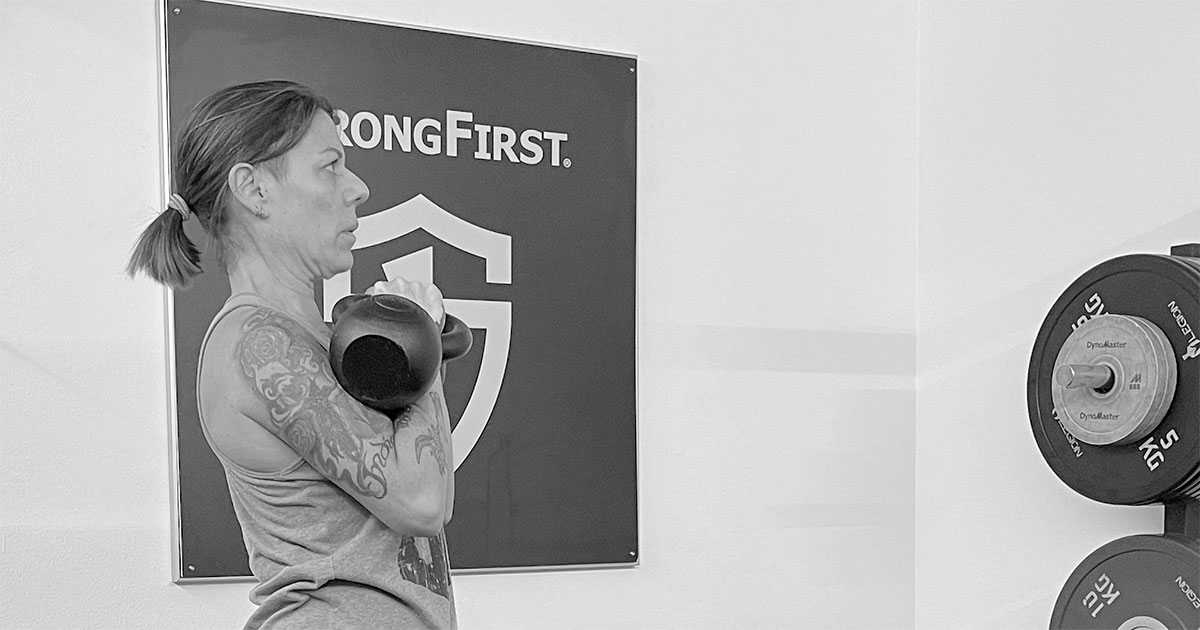The differences can be inferred from the programs' descriptions and the rationale given in the article. Here's a quick summary:
The Cruiser uses 4 movement patterns, the same as BTS4. BTS3 does not include a hinge, although hinge-based ballistics can be done on off days. BTS6 splits the upper body push and pull drills into horizontal and vertical.
BTS3, 4, and 6 use three different RM ranges for each pattern, and, optionally, different exercises for each range (potentially 9, 12, or 18 different drills). The Cruiser uses one RM range and one exercise for each pattern (4 total drills).
BTS3, 4, and 6 have three options for overall volume. The Cruiser has no specific options for overall volume, although there is variability introduced by the dice rolling.
BTS3, 4, and 6 have fixed durations. The Cruiser is flexible as to duration and when you retest RMs.
So The Cruiser is more streamlined in terms of the load used, and has fewer options for exercise variety and overall volume.
As stated in the article, the criteria for The Cruiser were that it be:
- Time-efficient
- Simple
- Flexible
- Entertaining
I'm doing BTS3 right now, and it arguably meets the same criteria. IMO, the choice of programs depends mostly on logistics and the specific exercises and amount of variety you want, and if you want to do some work at higher loads, which the BTS products provide.
The Cruiser plan, the two published BTS products (which include three plans), and the two Simple Strength for Difficult Times plans all seem like different variations on the same Built Strong theme remixed in different ways.


